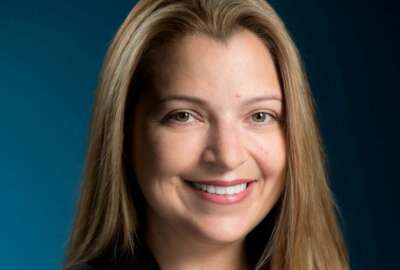
As injury numbers grow from Iran attack, lawmaker wants answers on head trauma
The Congressional Brain Injury Task Force sent a letter to DoD expressing concern about possible blast injuries and concussions of the 11 service members injured in...
One lawmaker wants information on how service members’ heads were protected during an Iranian attack on U.S. forces earlier this month, and wants renewed commitment from the Pentagon that it will continue research on the long-term impacts of head trauma.
Rep. Bill Pascrell (D-N.J.), co-chair and founder of the Congressional Brain Injury Task Force, sent a letter Thursday to the Defense Department expressing concern about possible blast injuries and concussions of the 11 service members injured in the Jan. 8 attack on Al-Asad Airbase in Iraq.
On Friday, Pentagon spokesman Jonathan Hoffman said 34 service members in the attack were diagnosed with concussions and traumatic brain injuries. Sixteen of those troops stayed and remain in Iraq and have returned to duty.
Diagnosis of a TBI removes troops from duty for at least 48 hours.
“DoD is committed to delivering programs and services intended to lead to the best possible outcomes for our service members who suffer any injury,” Hoffman said. “Over the last two weeks, we have seen a persistent and dedicated effort by our medical professionals on the ground in Iraq, Kuwait and Germany to diagnose and treat any and all members who needed assistance.”
Pascrell is asking DoD why troops were not required to report to bunkers for injury prevention and overall personnel safety. He also wants assurance that DoD remains committed to a $50 million research initiative between the Pentagon and the Department of Veterans Affairs that was announced last fall.
“Effects of traumatic brain injury can be short-term or long-term, and include impaired thinking or memory, movement, vision of hearing, or emotional functioning, such as personality changes or depression,” the Pascrell wrote in the letter. “Currently, between 3.2 million and 5.3 million people, including civilians, veterans and service members live with a TBI-related disability in the United States.”
Related Stories

RAND Corp. studies influence of military’s behavioral health technicians
“President Trump expressed that he does not consider brain injury and concussion to be a serious combat wound, downplaying brain injuries symptoms to headaches,” Pascrell stated in the letter.
DoD was criticized for not reporting injuries sooner. At first, the Pentagon said there were no injuries. It then said there were 11 casualties.
Hoffman said DoD is reviewing how injuries are reported on the ground, and making sure how best information is available to the public as quickly as possible.
Defense Secretary Mark Esper said Friday at a speech at the Center for Strategic and International Studies in Washington that DoD is fully committed to being transparent.
“We need to make sure we are accurate and we categorize things properly,” he said.
The seriousness and prevalence of brain injuries is gaining more attention in the military.
For troops deployed in Afghanistan and Iraq “blast exposure was the leading cause of concussion. Blast injury is the result of the rapid transition of an acoustic wave through the brain tissue. Over the last 16 years an estimated 320,000 U.S. troops, about one in five, returning from active theater have sustained a concussion and among those almost half experienced symptoms consistent with Post-Traumatic Stress or Post-Concussion Syndrome,” Dr. David W. Dodick, sports neurology and concussion program director at the Mayo Clinic, told the Senate Armed Services Subcommittee on Personnel in 2017.
Even shooting heavy weapons can lead to injuries, according to Dodick.
Copyright © 2025 Federal News Network. All rights reserved. This website is not intended for users located within the European Economic Area.
Scott Maucione is a defense reporter for Federal News Network and reports on human capital, workforce and the Defense Department at-large.
Follow @smaucioneWFED





